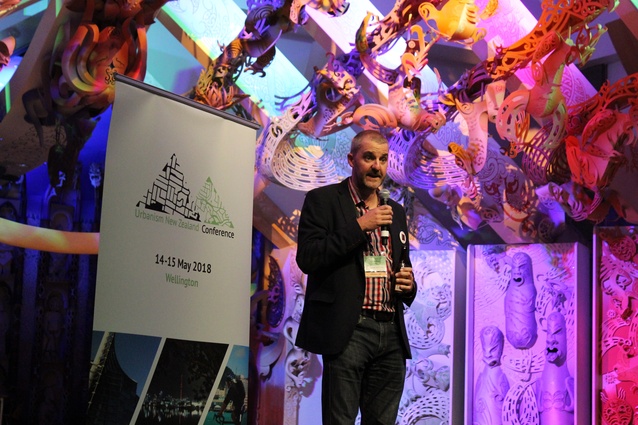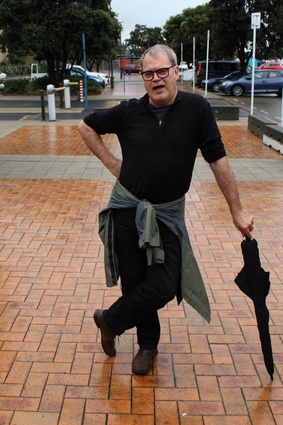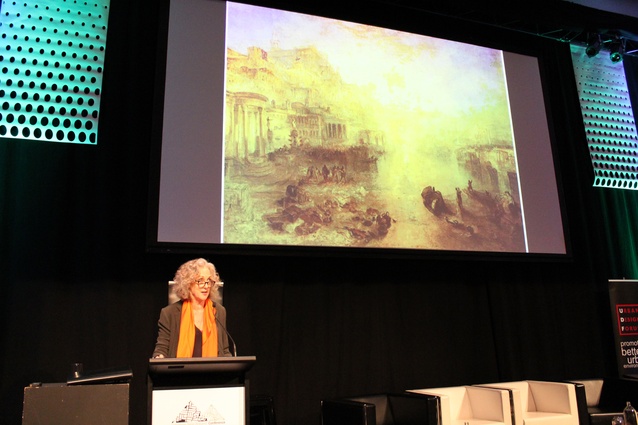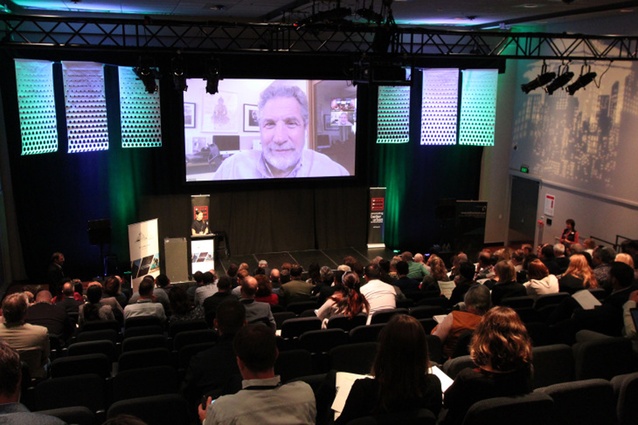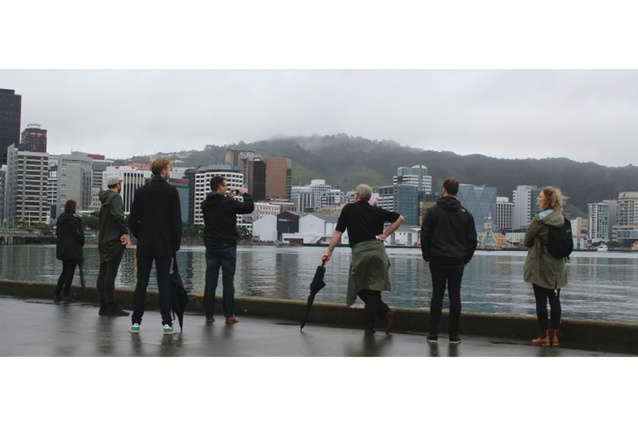Joining the dots on urbanism
Options for the future shaping of New Zealand’s cityscapes received a thoughtful examination at the Urbanism New Zealand conference on 14 and 15 May.
The last conference of this type and size took place 13 long years ago, also in Wellington. The then Prime Minister, Helen Clark, described that event as “a good sequel” to the launch of the 2005 Urban Design Protocol – a ground breaking initiative for its time, but one that has languished since.
An undercurrent beneath Urbanism New Zealand’s diverse presentations was that we again need to pick up the pace and direction of change in our urban environs. Indeed, Housing and Urban Development Minister Phil Twyford’s opening words were that it couldn’t be a more timely event. This was echoed by Wellington Mayor (and conference co-sponsor) Justin Lester who commented, “I love that our cities are getting back to the future.”
This year’s programme posed three opening questions: Are our cities fit for purpose? What are good urban settings for all people? What processes are required to deliver good places?
Urban Design Forum leader Alistair Ray from Jasmax set a reminder that one of the best definitions of urban is that it is a state of happy living, free of the need to own a car. He regretted that, too often, attempts at creating genuine urban settings are, at best, “half hearted”. Referring to planning processes he stated, “Certainly the public get a raw deal out of all of this.” He also put forward the untested scenario of how ideal it would be to have four-page rule books for urban development rather than 350-page tomes.
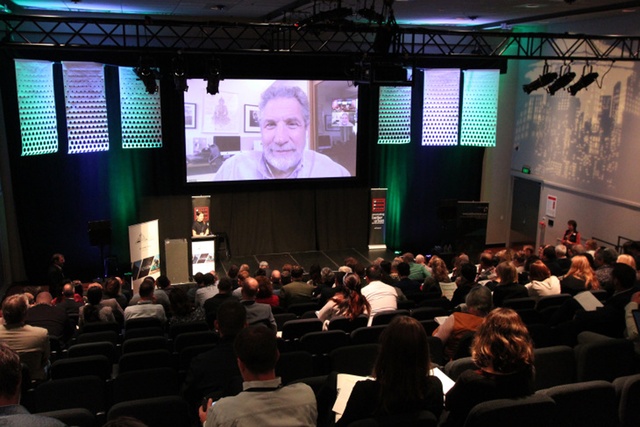
Speaking from New York, developer and urban planner Jonathan Rose urged a generational shift in thinking towards “more dynamic planning systems”. His initial verdict on New Zealand cities was, “They’re good but they’re not extraordinary. New Zealand deserves extraordinary cities… you just need to set the goalposts higher and higher and higher.” He added the view that, once proven “development successes can, in principle, scale very quickly”.
Guest speaker Elizabeth Farrelly, Sydney-based columnist and architecture doyen, brought a touch of discursive lyricism to Urbanism New Zealand as well as six rules for city-making in New Zealand. As presented, those rules were: 1. Prioritise the public. 2. Ban sprawl – “If you really run out of space, build a new city.” 3. Limit size, height, scale, and grain. 4. Make all surfaces useful. 5. Public transport: walking, cycling, mass transit. 6. Provide public housing, rent and tenant protections.
To Farrelly’s mind, cities really are just a complicated implementation of simple ideas – ideas that are “actually about identity and collective consciousness”. She likened her ideals of city life to living on a coral reef; and she wrung her hands at the failure of democracies at creating cities that work for their citizens and for the aspirations and responsibilities those citizens conceive.
A hopeful counterpoint offered by the James Lunday of Regenerate Christchurch, was that the ambitions of citizens for their cities can’t be suppressed. There were other dashes of optimism and even romance at Urbanism New Zealand. At one point, after listening to Patrick Reynolds of Greater Auckland talk about transport networks, Property Council chief executive and panel member Connal Townsend was moved to say, “I’m slightly falling in love with Patrick [now].”
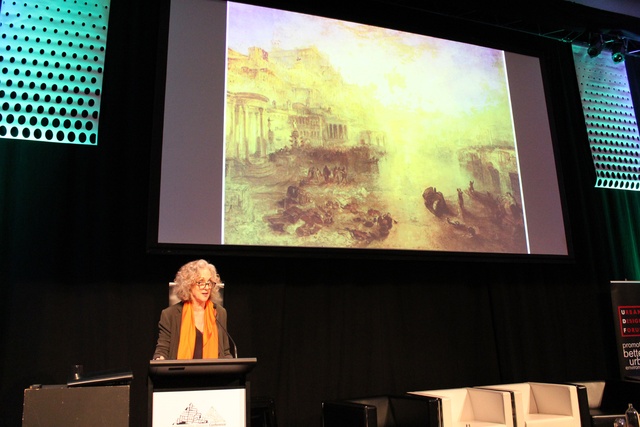
Interesting contrasts and tensions surfaced. There was Farrelly’s tragi-serious argument, for instance, that the excitement we should expect to find in cities is conspiratorially stolen from us by legions of male “engineers, pollies and bankers armed with numbers”. Whereas developer Nigel McKenna drily pointed out there was only one person in the Urbanism New Zealand audience who worked for a bank – identifying that as a problem.
Complete with a developer’s lifelong war wounds, McKenna expressed the perspective that highly qualified, highly opinionated audiences can suffer an “illusion of knowledge” – layered up with technical information and theories, but lacking in a sense of what people want and can afford. Some concrete cautions were sounded. Outgoing New Zealand Iintitute of Architects president Christina van Bohemen cautioned against swallowing KiwiBuild whole and without adequate design thinking, given the “costs of getting it wrong”.
Like all good conversations, plenty of open-ended questions were left hanging in the air. Is Auckland a city to grow old in? What if Auckland became ‘Walkland’? How can more flexible infill be encouraged? Will cities come to the suburbs? Isn’t now the time to break the scarcity of smaller dwellings?
Questions on urbanism were posed. Will we be leaders or distant followers? Where are the places that knit us together? Where are the places that are the carriers of our deepest values? Will we find ways to truly explore the indigeneity of our cities? How do we map pride?
Can we come to terms with climate change? Would a world without district plans be any worse? Will this government fulfil the courage of its convictions?
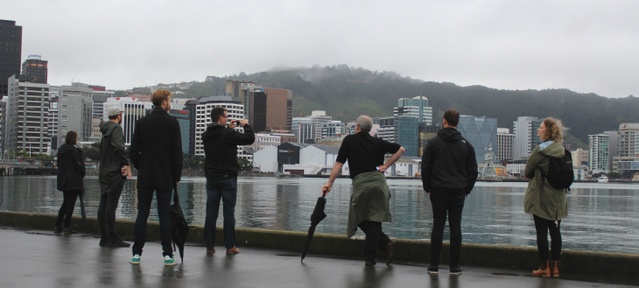
Urbanism New Zealand was independently put together by “a collective of organisations and urban professionals”. In part, this reflected Phil Twyford’s musings on the first day that New Zealand’s public services sorely lack a capability and expertise in urbanism. He said one of his jobs is to build that expertise along with showing the “political will to work with you – the private sector, the design practitioners, local government, academia, the campaigners and advocates”.
In a way, this also spoke to the critical role that trials and tests can play in “de-risking” and bedding in elements of a new urbanism for New Zealand, such as the use of more prefab technology. Urbanism New Zealand will soon be releasing a manifesto-like statement as one of its outcomes. This was, after all, a gathering determined to join the dots, to break down vertical silos and to avoid what Auckland Council urban design manager Ben van Brugen acknowledged as the trap of just “talking to ourselves”.
It is not too late to start talking more widely.
Read our pre-event coverage of Urbanism New Zealand here and here.

